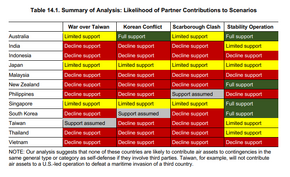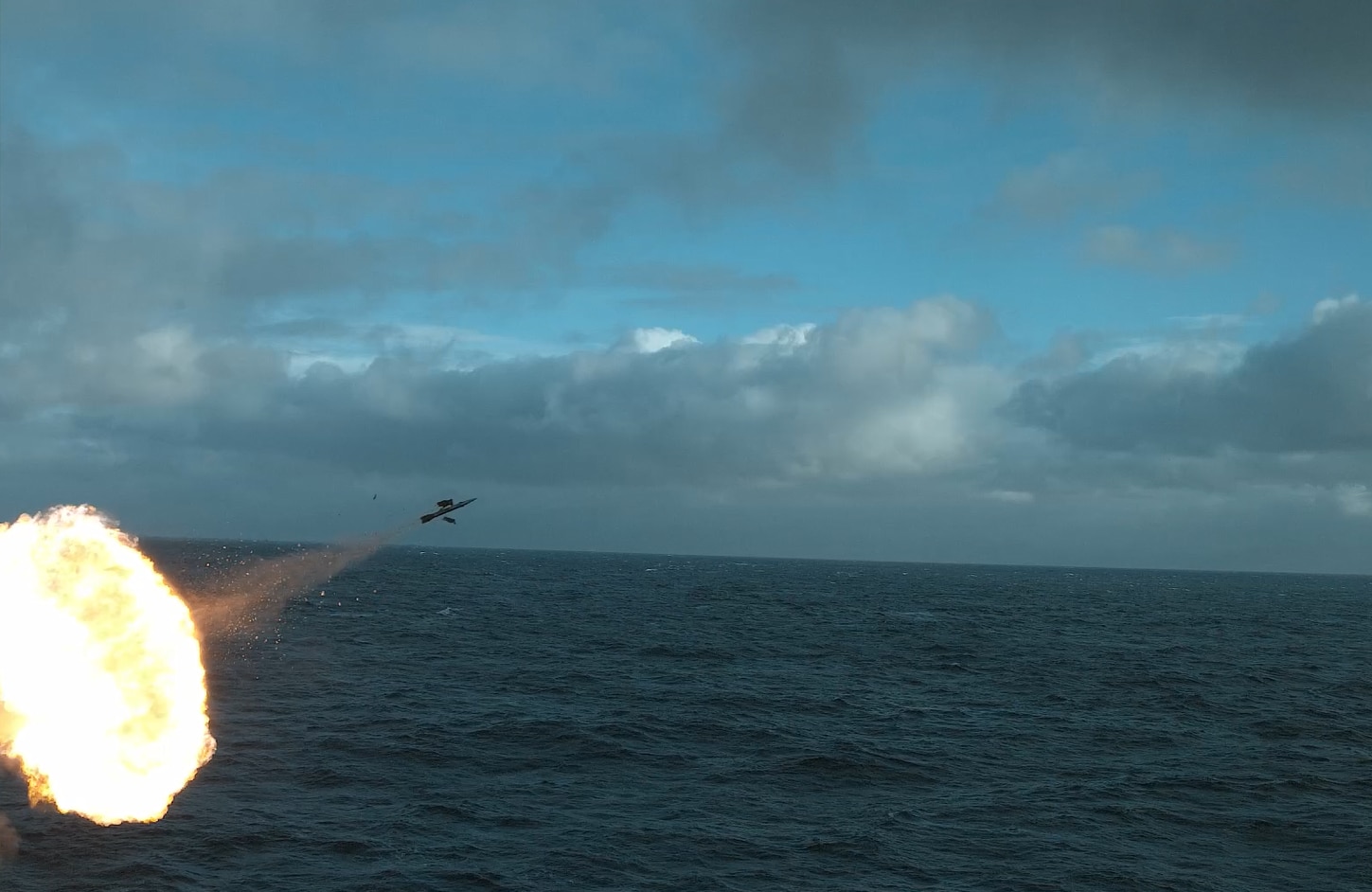If, even IF the RAN did have a Canberra-class LHD start operating as a fixed-wing aircraft carrier, that would only enable ~12 F-35B's to be embarked. That small an embarked fighter force would likely be hard pressed to provide a sustainable 2-ship CAP, and with some form of organic AEW capability, any CAP would be reliant upon ship-mounted air search radars for volume air approach monitoring which in turn means that any CAP would likely be less effective at keeping potential threats away from any TF.
Depends how we want to operate and where we wanted to operate. I think the AEW is the least of the problems.
E7's have
*significant* range. Its conceivable to need to operate in that space fighters, but covered by E7 and P8s. Infact one of the reasons to have a carrier is perhaps to provide some protection for E7/P8s. Particularly if you consider the E7/P8s shuttling between airbases rather than just going out the the deep blue, flying in a circle and flying back. In addition JORN, and sats are eye watching beyond that.
Something like seaguardian might provide some basic AEW capability. They can have a podded Leonardo Seaspray 7500E V2 AESA radar.
But you would be doing all the heavy lifting with this. We can just wait until Britain, Italy or Japan does something similar and assess their performance and value with it.
How does 12 F-35bs change the game? It might against a small or middle power, but against China? Not a lot. The F-35B is pretty short ranged.
The LHD were really designed for very light carrier duties, essentially training an perhaps interim measures. Spain has that want because of their far flung island territories and their historical need for that. Maybe more useful after the US-China conflict?
IMO I've always though a 3rd LHD would be needed to provide reliable carrier capability. Training could then be shared across platforms, and then if required, two LHD could be surged, either both in carrier mode, or one in carrier and one in amphibious. With two carriers, one could be day, one could be night, and if required, both could surge for intense ops. Also they could be located distance apart allowing for some lilly padding possibly with a land airfield. Or one provides CAP and one provides ASW capability. A 3rd LHD would also give excellent amphibious capabilities. I think it would still need to be augmented by smaller amphibious ships, but could replace choules, and we still go with ~4-6 smaller amphibious ships to augment that capability. A third LHD could be built to Turkeys spec, with a higher capability in mind, and we now have several classes modified for F-35b ops to see what that would look like. Singapore, Japan, UK, US have F-35Bs.
But there is a lot of unknowns.. And a lot of money. Are there more urgent capabilities? At least in the carrier space, that money would give us new additional capabilities. But are they capabilities we need? Weapons integration would also need to be looked at. Maybe JSM on MQ-9? Stormbreaker? F-35B still waiting on block IV. is 35B a bit of dead end engine wise.
Sure another LHD, 24x F-35B, 12 x Seaguardian mq9b, maybe some other drone (sea ghost bat?) $10b in acquisition, plus modifying the existing ships, years in docks, taking up time and resources. Perhaps some C130J refuellers. How do our neighbors feel about the temperature of us operating that and training and exercising with that in their region? Are they cool? These days, yeh, probably. What's our strategy? Are they based butterworth? Singapore, is it like a rapid reaction force? Are they permanently embarked on the LHDs? They are the based off other islands? Manus?




